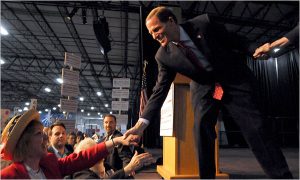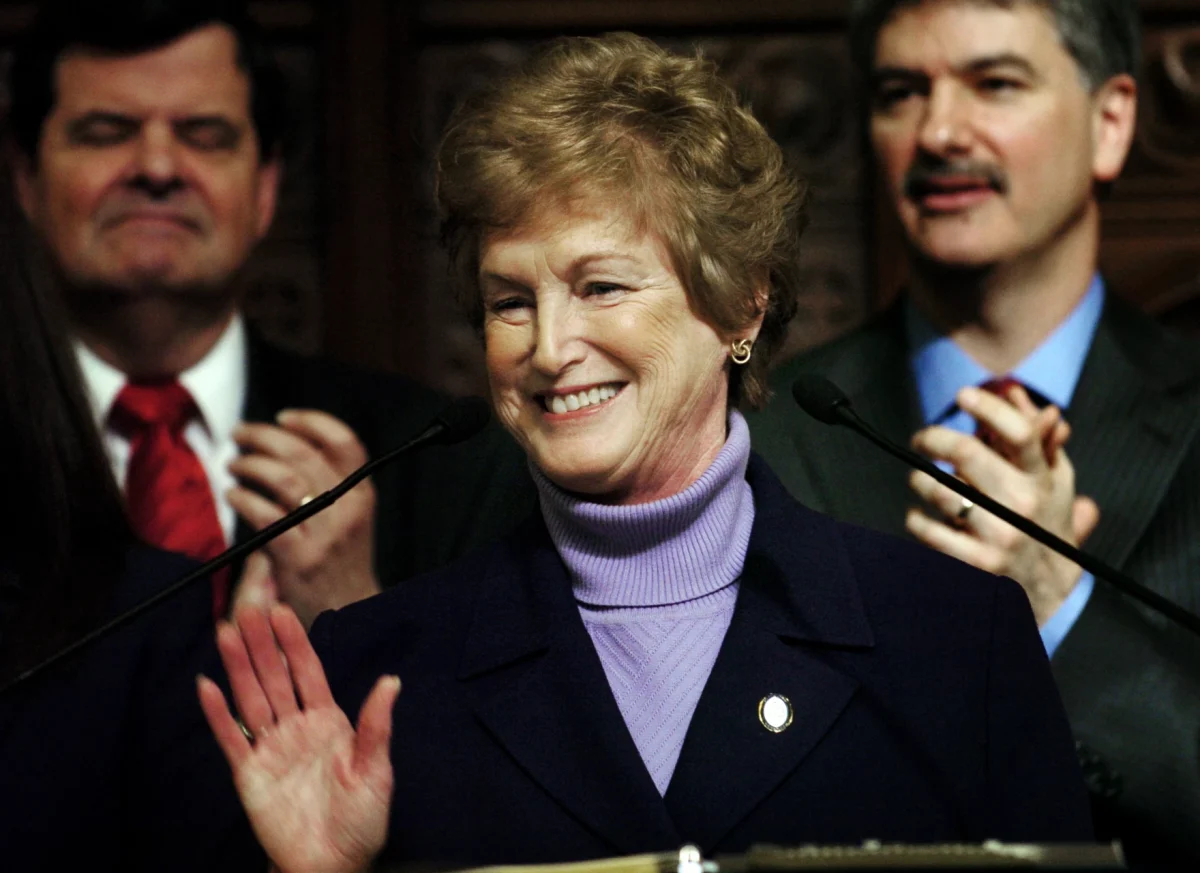After months of heated debates between Republican and Democratic candidates, the 2010 midterm elections have finally drawn to a close. Voters across the United States

eagerly headed to the polls on Tuesday, November 2 to decide on multiple congressional and state government offices. Results from the nationwide elections show that Republicans gained a significant number of seats in the House of Representatives: approximately 60. While some seats remain undecided, the House will now mainly consist of 188 Democrats and 239 Republicans, a drastic change from the former Democratic House majority since 2008.
These results come as a delight to Republicans throughout the country. “Tonight the voters ensured their message was heard loud and clear,” Republican Senate Leader Mitch McConnell said to NBC News after the polls closed. Excitement over the positive election results has already influenced the minds (and wallets) of possible GOP candidates for the 2012 Presidential elections. Former 2008 Republican candidates Mitt Romney, Sarah Palin, and Mike Huckabee are already preparing platforms and raising money for the upcoming presidential campaign, according to Tom Diemer of Politics Daily. Campaigning for the 2012 elections could start as early as spring of 2011.
Although the GOP impressively surpassed the 40 seats needed to get control of the House, Democrats have reason to celebrate as well; they maintain the Senate majority at 53. Republicans failed to gain control over both congressional houses despite winning an additional six Senate seats, resulting in a divided Congress.
Democrats particularly fared well in Connecticut, where the coveted position of Senator was up for grabs. Ultimately, former Attorney General Richard Blumenthal was elected to the U.S. Senate after defeating Republican Linda McMahon. McMahon, the former CEO of World Wrestling Entertainment, spent over $40 million of her own money on the campaign, but lost to Blumenthal by over 100,000 votes. Blumenthal fills the seat vacated by former CT Senator Christopher Dodd, also a Democrat.
In addition to maintaining a Democratic senator, many of Connecticut’s other state positions were also filled with left-wing candidates, including the governor. The gubernatorial election in CT was one of the closest races in the nation, with Democrat Dan Malloy beating out Republican Tom Foley by a mere 5,644 votes according to Secretary of the State Susan Bysiewicz. “We think there was a strong turnout,” Bysiewicz reported to the Hartford Courant after the polling places closed, “Many towns are reporting 60 percent”. This high voter turnout could not have been more evident than in Bridgeport, Connecticut’s largest city. 12 of the 25 voting locations in Bridgeport ran out of ballots, forcing an emergency extension of voting hours from 8p.m. to 10p.m. Bridgeport officials reportedly ordered 21,000 ballots despite having more than 69,000 registered voters.
Suspense hung heavily in the air as the race for governor came to a slow trot. Initially, Foley seemed to be narrowly leading the Connecticut polls, but when Bysiewicz revealed Bridgeport’s final tally, Malloy was indeed the winner. This marks the first time in two decades that Connecticut elects a Democratic governor, according to the Associated Press. Malloy’s predecessor, Republican Jodi Rell, chose not to seek re-election for a third term as governor. Democrat representatives re-elected to the House include 3rd Congressional District Rep. Rosa DeLauro who will be serving her 11th congressional term, and Jim Himes and Chris Murphy of the 4th and 5th Congressional Districts, respectively.








